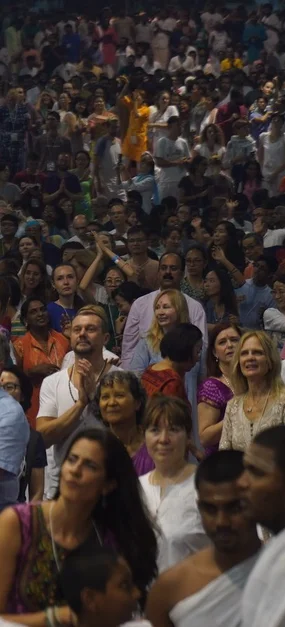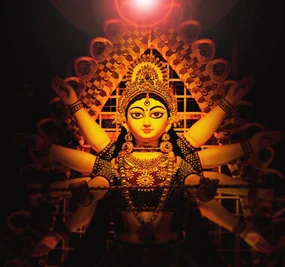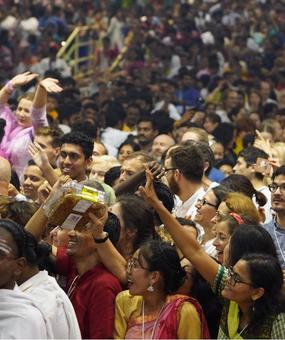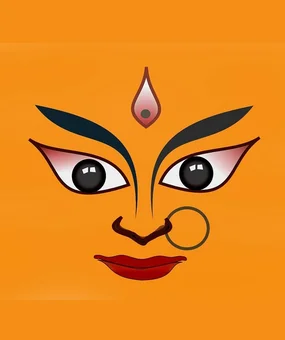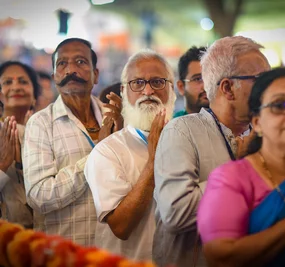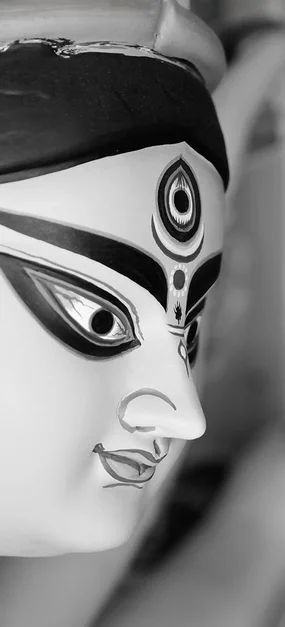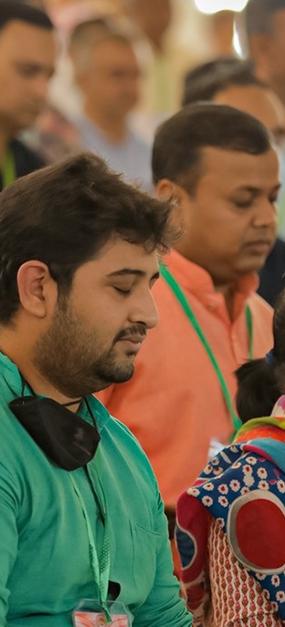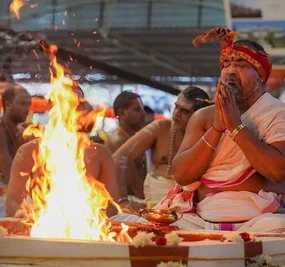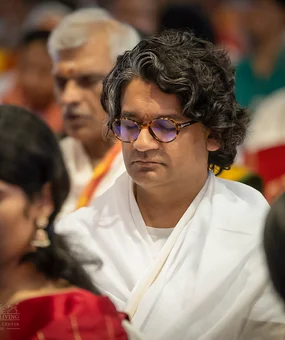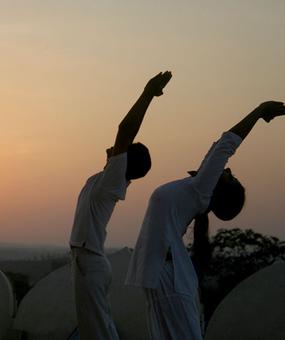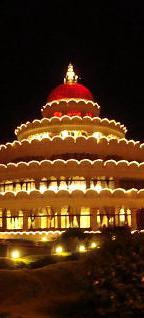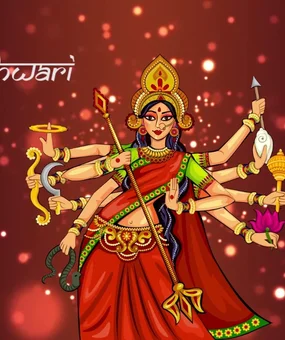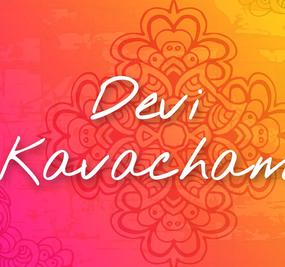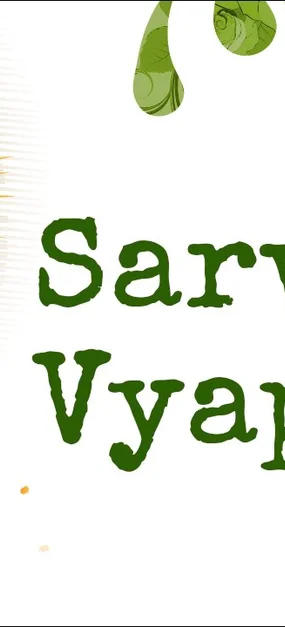Navratri, which celebrates and honours the nine different forms of Mother Divine, also known as Nav Durga, is incomplete without grooving to the beats of Garba and Dandiya Raas. The vibrant costumes, diverse cuisine (while many prefer to fast too), and the clicking of Dandiya sticks accompanied by rhythmic music, laughter and enthusiasm infuse the atmosphere with devotion, love and joy. While spiritually it is a great time to connect with one’s higher self and immerse oneself in the worship of Mother Divine, the festivities during the nine nights also offer the perfect opportunity to reconnect with family, friends, acquaintances and, most importantly, with our playful side!
Why are Garba and Dandiya Raas performed during Navratri?
Looking at the history of these two dance forms, both originated in the western state of Gujarat and are performed every night during the ten-day festival. These dance forms are believed to be a dramatization of the nine-day battle between Goddess Durga and the demon king Mahishasura, in which the Goddess emerges victorious in the end. These dances are performed with a sense of offering prayer to Mother Divine.
They symbolise the spirit of Navratri – the triumph of sattva over tamo guna or good over evil, even if that evil stems from one’s mind. These nine days give us a chance to purify our minds push the reset button and start afresh.
Are Garba and Dandiya Raas the Same?
Though used interchangeably, Garba and Dandiya raas differ in their styles, origin and how they are performed.
Traditionally, Garba was performed around an earthen pot (garbo) with a lamp inside, which is called a ‘garbha deep.’ The lamp symbolizes life – a small foetus in the womb, in particular. The pot symbolises the body, within which divinity resides. To this day, garba continues to have a devotional appeal to it.
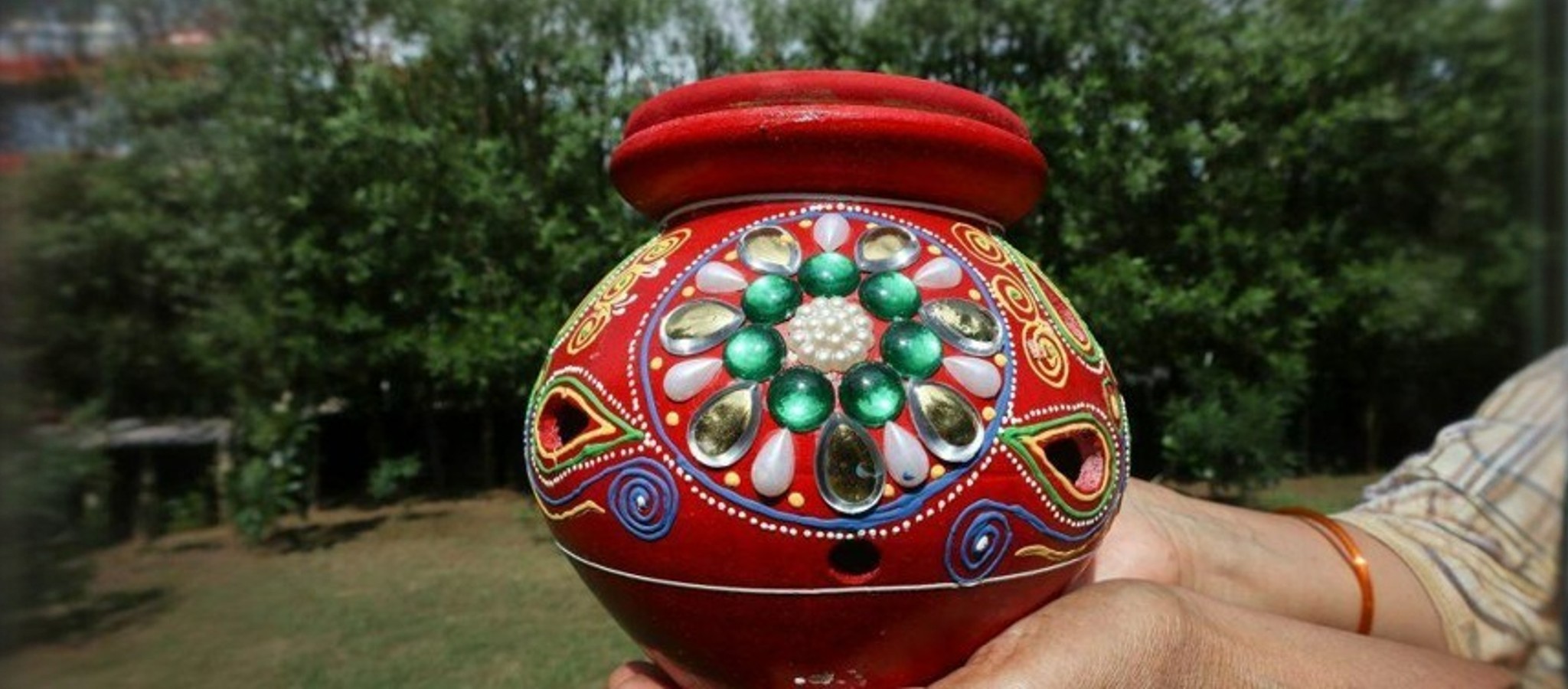
Today, it is also performed with the photo or idol of Goddess Durga in the centre. Dancers move around in circles that move in the counter-clockwise direction. If there is less space for everyone to make one circle, dancers form concentric circles that move in opposite directions. This gesture symbolizes the circle of life, which moves from life to death to rebirth, with only the Mother Divine as the unchanging centre of life.
How to do Garba?
The most common steps in garba involve stepping forward, bending, clapping, stepping back, and twirling, repeating the same order, while moving forward.
Story Time
It is believed that garba is performed as an expression of gratitude to Goddess Durga for bringing peace here after the fierce battle against the Asuras and the most celebrated annihilation of demon Mahishasura, the buffalo-headed king of demons, who symbolizes the purities and negativity in our mind.
Dandiya Raas
In this folk dance which is usually performed in pairs, both men and women dance with colourful and decorated bamboo sticks, striking them to the beats of songs. Dancers alternatively tap the sticks while holding them in their hands, sometimes even spinning them between their fingers. Dandiya has a more structured and high-energy beat often involving complex patterns of movements.
The colourful sticks used during Dandiya are believed to represent the sword of Goddess Durga. The dance form is a beautiful way of re-creating the battle that took place between the Devi and the demon.
Traditional Attire
The traditional attire consists of a three-piece dress – the choli or blouse, chaniya or long skirt and an embellished dupatta (odhni). Heavy embroidery and mirrorwork are found on the bright and multi-coloured attire that add to the bright festive spirit of the day. The men traditionally wear a kediyu (a full-sleeved kurta that is tight at the chest and flares like a frock at the waist) with kafni pajamas (a multi-pleated pant that tapers towards the bottom) and a turban (pagdi).

The traditional attire for men is kediyu.
The costumes worn during these playful dance forms highlight the vibrant colours of Navratri.
The Spirit of Dance
Even though it is interesting to know why we perform these dance forms every year, the real essence lies in the warmth and togetherness we feel when we gather around our family and friends for nine days; a time filled with belongingness and joy.
The devotion, for the Divine power, is a manifestation of the gratitude we feel in being alive and blessed with so much abundance. Navratri would be incomplete without these resplendent dances!
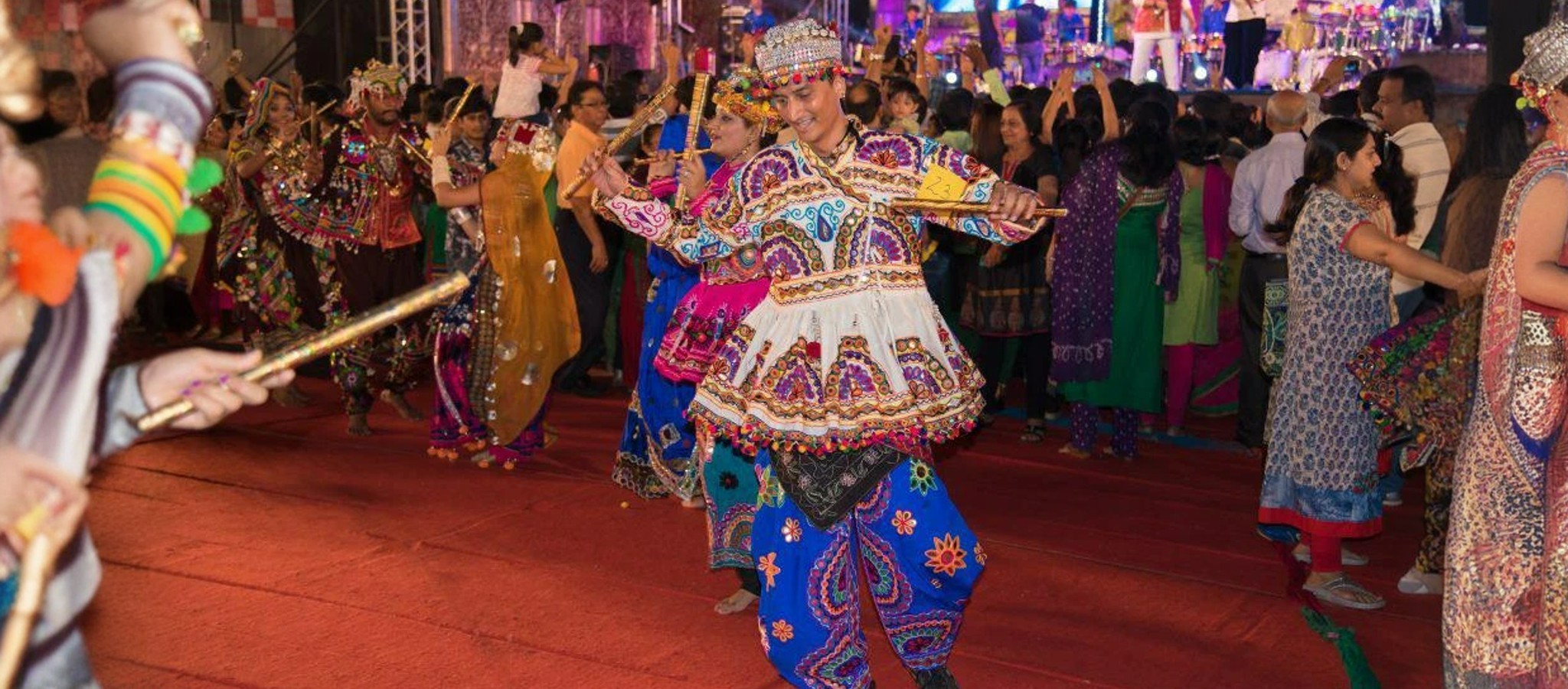
Did you know?
Did you know that each day of Navratri is associated with particular qualities of the Devi that can be invoked through the practice of meditation and devotion? Join Gurudev as he takes us through simple yet effective meditations for each of the nine nights. Meditate with Gurudev!
The Art of Living International Centre, Bengaluru is all set to host various Navaratri special programs, and special Homas during the nine days invoking her blessings and the presence of Mother Divine during these nine auspicious days. Avail this opportunity to dive deep and find rest in the lap of the divine. Catch the entire schedule here!
Join Navratri 2024 celebrations live here live.vaidicpujas.org



